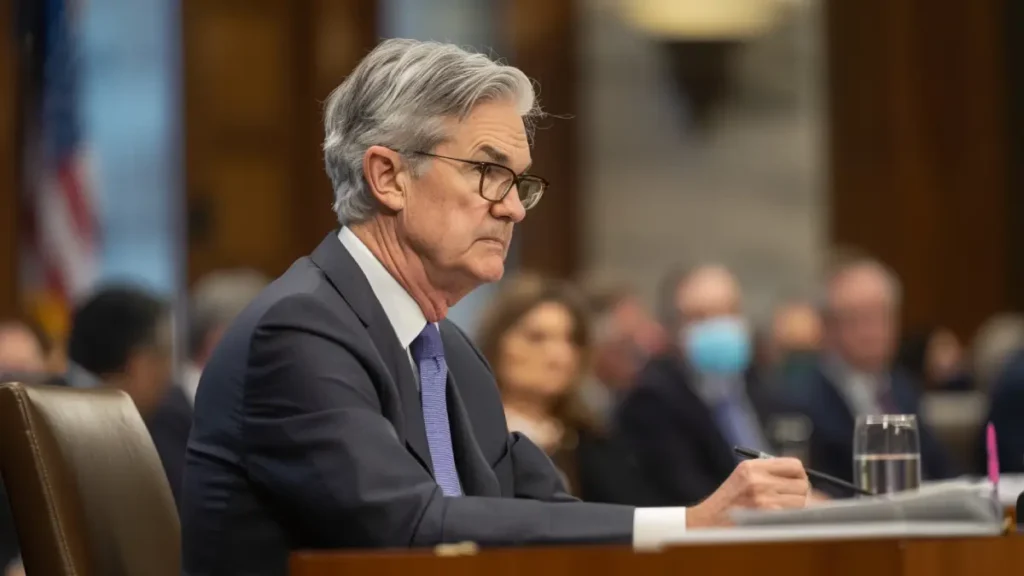The Federal Reserve has predicted only one interest rate cut this year. The recent monthly data has some economists concerned that it might not happen soon enough.
Recent Inflation Data Trends
May retail sales data showed that consumer spending is slowing down from last year. This has slowed down concerns about an overheated economy. Despite higher-than-expected job additions last month, the unemployment rate increased to 4%, the highest since January 2022.
May’s inflation data was better than expected, with the Consumer Price Index increasing at its slowest rate since July 2022. Along with the May wholesale prices, economists believe the Fed’s preferred inflation measure, the Personal Consumption Expenditures (PCE) index, also increased at its slowest pace of the year.
With inflation decreasing and the economy slowing, Neil Dutta of Renaissance Macro says that the Fed should start cutting interest rates soon. He believes that this will help maintain the Fed’s other mandate of maximum employment.
Dutta told Yahoo Finance that the momentum that has been present behind the core inflation will go down slowly. He added that this makes the Fed’s trade-offs with the labor market more challenging.
Dutta said that any labor market weakness has been seen as a rebalancing after pandemic disruptions, which Fed chair Jerome Powell has acknowledged.
What the Experts Say
Federal Reserve Chair Jerome Powell said on June 12 after the latest policy meeting said that the economy is seeing slow cooling and better balance in the labour market. He added that the Federal Reserve is watching for more significant changes, but they have not seen them yet.
Dutta and the economics team at Goldman Sachs discussed the usual trajectory of the data. The job openings rate is now similar to pre-pandemic levels. If it falls further, it could increase the unemployment rate, following the Beveridge curve.
The Federal Reserve’s analysis indicates that if job openings decline further, the chances of a soft landing decrease. Dutta said that the Fed wants to push labor demand weakening much further.
The risk now is not that the unemployment rate will unexpectedly drop but will either stay stable or rise.
Dutta and other economists are worried about potential future economic trends rather than the current situation. Deutsche Bank’s chief US economist Matthew Luzzetti told Yahoo Finance that the risks in the labor market exist, but at this stage, it seems more like the spending power of US consumers is slowing down towards a regular pace, rather than indicating a decline.
Luzzetti added that although there are some challenges, especially for certain households, he would be surprised if the labor market and consumer spending slowed down enough to prompt a rate cut by September.
Investors have remained optimistic despite the current Fed outlook. Both the S&P 500 and Nasdaq Composite have been consistently reaching new record highs. Three equity strategists recently raised their year-end forecasts for the S&P 500, citing stronger-than-expected performance from technology companies.
However, Scott Chronert, a Citi US equity strategist, pointed out that investors will continue to focus on the economy’s vulnerabilities moving forward. This follows cautious optimism expressed by corporate executives during first-quarter earnings calls.
Read Also:
Fed Diverges from Global Peers, Keeping Rates Higher for Longer
Fed Meeting June 2024: Key Takeaways and Economic Outlook
Insights into the Average Net Worth and Retirement Savings in the American Households
